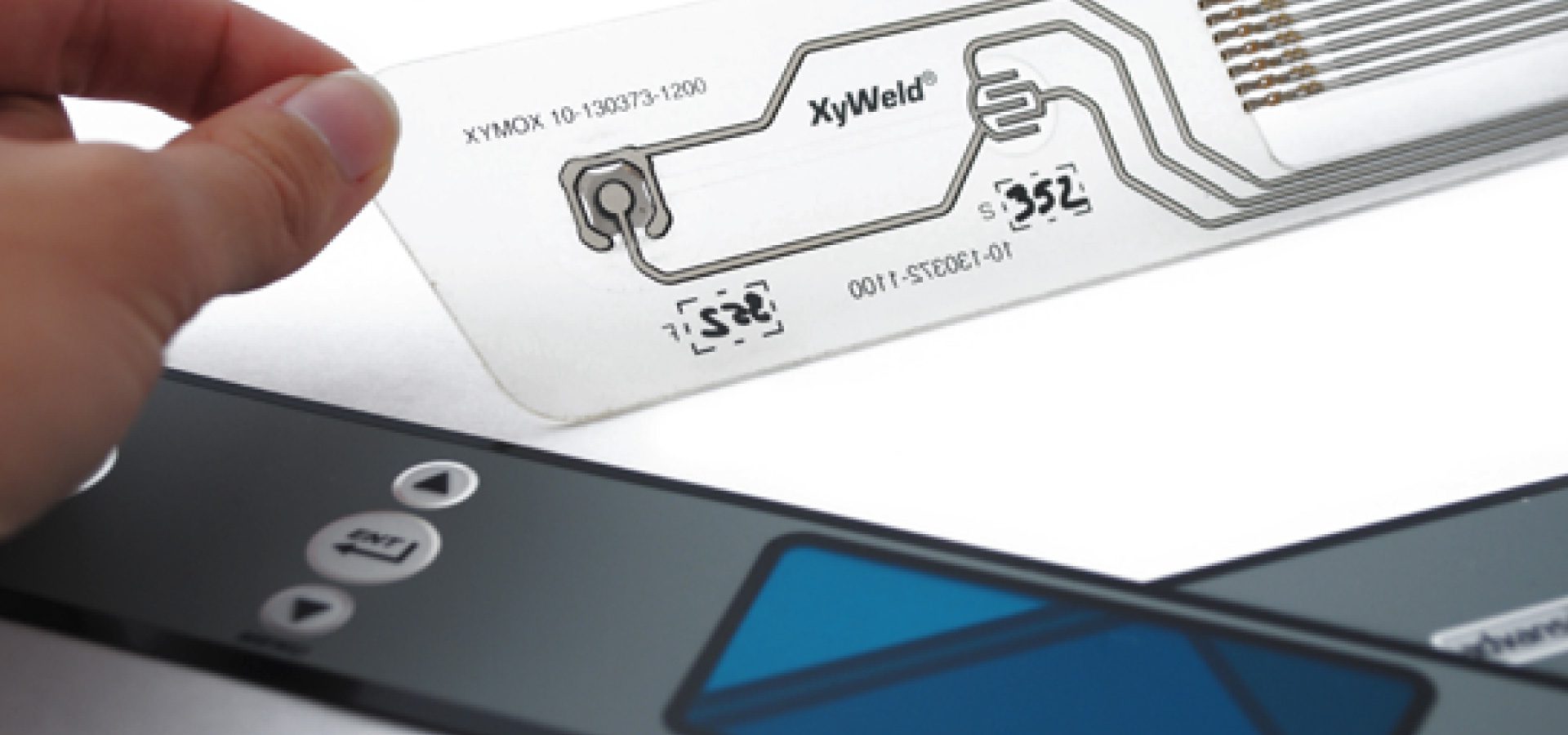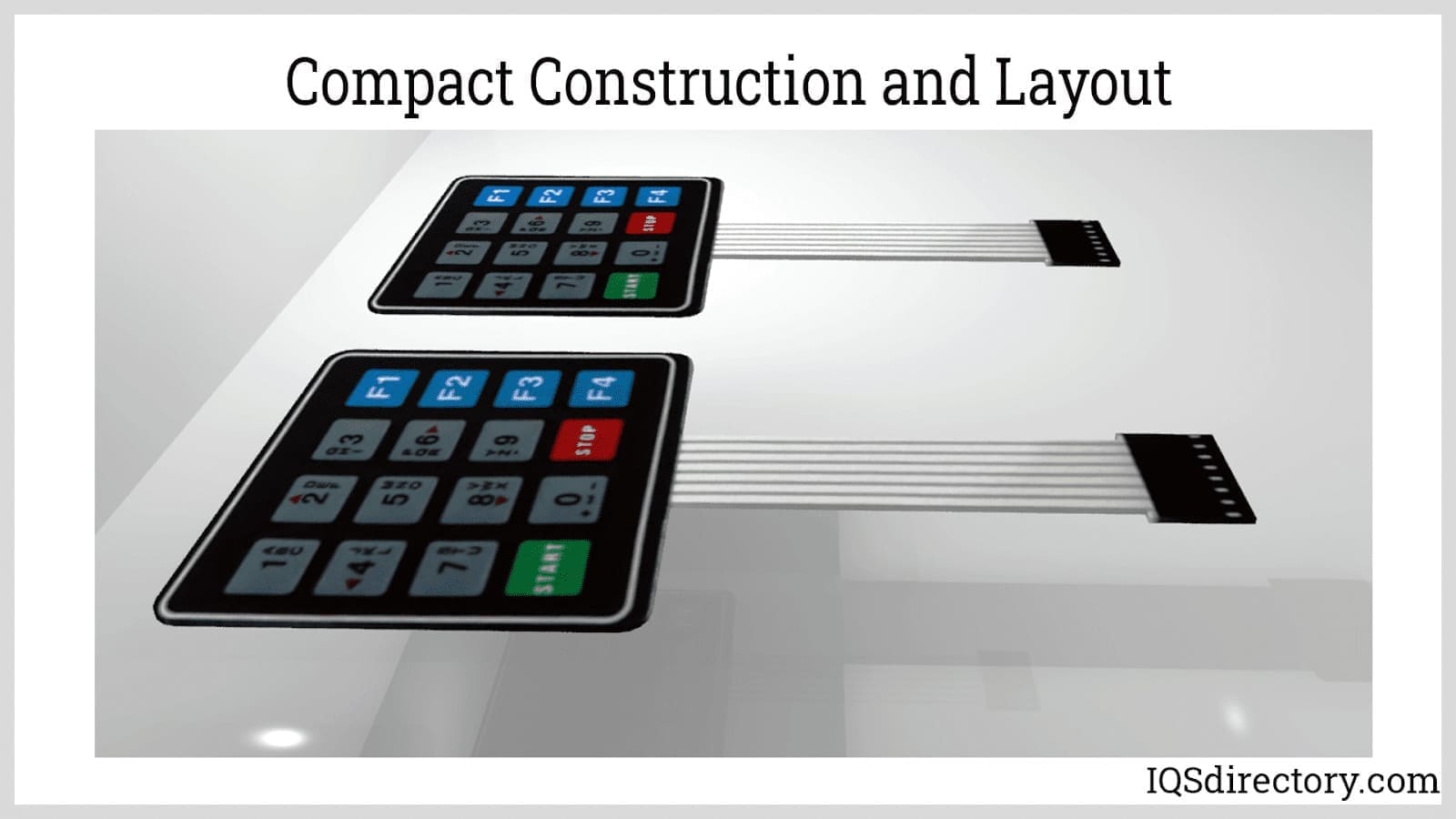Discover How Membrane Switches Feature and Their Function in Modern Electronics
Membrane Switches represent a sophisticated assimilation of technology and style within the realm of modern-day electronics, offering as important interfaces in countless gadgets. Included multiple layers, these switches make use of pressure-sensitive systems to facilitate user communication. Their applications cover various sectors, from consumer electronic devices to medical equipment, highlighting their flexibility and significance. Understanding the intricacies of Membrane button capability and their wider effects in enhancing individual experience welcomes additional exploration right into their design, benefits, and the innovative growths shaping their future in technology.
What Are Membrane Buttons?

Membrane buttons are differentiated by their longevity and resistance to ecological elements, such as dirt, moisture, and extreme temperature levels. They can be tailored with various graphics, shades, and tactile feedback alternatives, boosting individual experience while keeping aesthetic appeal - membrane switches. The unification of printed circuits allows for seamless integration into tools, boosting total performance.
The versatility of Membrane switches appears in their capacity to support both simple and intricate control functions. They can incorporate features such as LED indications and touch-sensitive technology, dealing with details user needs. As modern technology remains to develop, Membrane Switches stay vital for allowing reliable and intuitive interface, therefore playing a pivotal role in the development of modern digital gadgets.
Parts of Membrane Buttons
Membrane buttons are composed of numerous key components that function with each other to create a practical and trusted user interface. The main aspects include the graphic overlay, adhesive layer, spacer layer, and conductive traces.
The graphic overlay acts as the user interface, commonly printed on a flexible substratum such as polyester or polycarbonate. This layer not just offers aesthetic appeal but additionally consists of responsive comments, visual cues, and safety features. Underneath the visuals overlay exists the adhesive layer, which safeguards the switch to the device and ensures toughness against ecological tensions.
The spacer layer is crucial for preserving the essential space between the visuals overlay and the circuit layer. This space permits for the activation of the switch when stress is applied. The conductive traces, usually made from silver or carbon, develop the electrical paths that complete the circuit when the switch is engaged.
Furthermore, a support layer may be consisted of for architectural support and insulation. These components team up flawlessly, guaranteeing that Membrane switches are both easy to use and durable, making them crucial in numerous modern-day digital applications.
Just How Membrane Switches Work
Just how do Membrane Switches function efficiently within digital devices? Membrane Switches operate on the concepts of pressure-sensitive innovation, utilizing a split building and construction that consists of graphic overlays, glue layers, and conductive aspects.
The layout of Membrane switches is critical for their efficient i thought about this operation (membrane switches). The layers are thoroughly engineered to provide responsive feedback, longevity, and resistance to environmental factors such as wetness and dust. The incorporation of domes-- small, increased locations within the button-- boosts tactile reaction, giving users with a noticeable click experience upon activation
Furthermore, Membrane buttons can be personalized in terms of size, form, and graphics, making them appropriate for numerous applications. They are often made use of in control panels, clinical tools, and consumer electronics because of their sleek style and integrity. In general, the effective functioning of Membrane buttons is critical in improving customer communication and guaranteeing smooth procedure in modern digital tools.

Applications in Modern Instruments
Using their unique layout and capability, Membrane buttons have actually become integral parts in a broad variety of contemporary digital devices. These versatile interfaces are employed in consumer electronics, he has a good point industrial equipment, clinical tools, and auto controls, giving smooth individual interaction.
In customer electronics, Membrane buttons are commonly found in home appliances like microwaves, washing equipments, and various other family gadgets, where they enable intuitive control with a sleek profile. Their inconspicuous design facilitates combination right into small tools, enhancing visual appeal without jeopardizing functionality.
In industrial applications, Membrane Switches serve as control board for machinery, providing toughness and resistance to rough environments. Their ability to hold up against wetness and pollutants makes them ideal for use in manufacturing and handling markets.
Medical gadgets also take advantage of Membrane switches, which are designed to be very easy to tidy and preserve, ensuring health in scientific setups. They are usually utilized in diagnostic tools, individual surveillance systems, and mobile medical gadgets, where reliability is extremely important.
Benefits of Membrane Switches
Among the key advantages of Membrane switches is their adaptability, which allows them to be customized for a variety of applications throughout numerous sectors. These switches can be developed in various sizes and shapes, accommodating special product demands while providing smooth integration right into tools. Their slim profile enables a sleek and small style, usually boosting the aesthetic charm of digital items.
Another substantial benefit is their toughness - membrane switches. Membrane switches are usually resistant to dust, wetness, and chemicals, making them ideal for severe atmospheres. This durability extends their life expectancy contrasted to typical mechanical buttons, decreasing the requirement for constant substitutes
Additionally, Membrane Switches deal cost-effectiveness. The manufacturing process entails printing innovations that lessen manufacturing prices, particularly for big runs. This affordability, integrated with low upkeep demands, makes them an appealing choice for manufacturers.

Conclusion
In verdict, Membrane Switches represent a significant advancement in customer interface innovation within modern electronic devices. As the need for resilient and instinctive interfaces continues to grow, the duty of Membrane buttons in shaping user experience will definitely increase.
Membrane Switches represent an advanced assimilation of modern technology and style within the world of modern-day electronics, offering as necessary interfaces in countless tools.In the world of modern electronic his comment is here devices, Membrane Switches offer as vital elements that promote individual communication with tools. As technology continues to progress, Membrane Switches stay necessary for making it possible for effective and intuitive customer interfaces, thus playing an essential function in the innovation of contemporary electronic gadgets.
Just how do Membrane Switches feature effectively within electronic tools? Overall, the effective performance of Membrane buttons is pivotal in improving customer interaction and making certain seamless operation in contemporary digital tools.